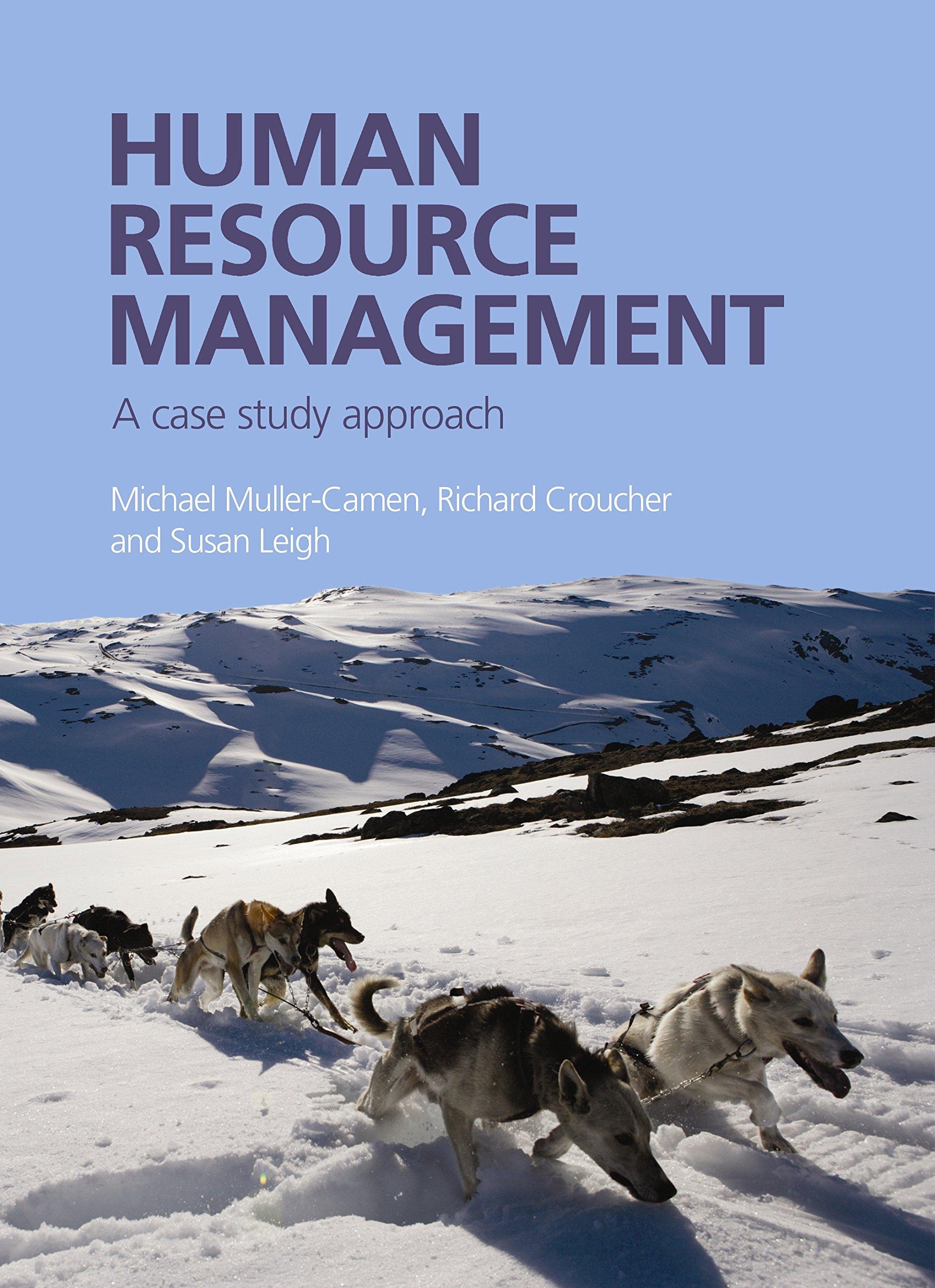London Borough is a large, so-called unitary local authority providing a full range of services for its
Question:
London Borough is a large, so-called ‘unitary’ local authority providing a full range of services for its population on the outskirts of the capital city. Altogether, it employs around 15,000 people spread across a range of manual, craft and clerical-administrative occupations, together with teachers and firefighters.
The immediate issues concern the manual and non-manual employees. Historically, these occupations have been divided between a number of unions and a lot of different arrangements. A process of amalgamation has brought this down to two unions, one representing manual and nonmanual employees (UNISON) and the other maintenance workers (the Amalgamated Engineering and Electrical Union, AEEU).
Relations between management and unions have been fairly adversarial. The forerunners of both UNISON and the AEEU were well organised locally and their members in London Borough have played major roles in national disputes through the years.
The 1997 Framework National Agreement on Harmonisation
In 1997 a new national-level agreement was reached between the unions and representatives from all the local authorities. As well as providing for an annual pay increase and a reduction in the working week, this was a landmark agreement for local authorities throughout the UK in several respects.
Most important was the agreement to harmonise the terms and conditions of employment of the hitherto-separate categories of manual and non-manual employees. This had been a long-standing aspiration of manual employees, given added momentum by the amalgamation of several unions to form UNISON, and a raft of equality issues, which threatened to cost local authorities a great deal of money. A second notable feature was a move to ‘single table bargaining’ embracing the two groups. This is where, instead of negotiating separately with each union, all the unions sit down at the same negotiating table with the employer. However, the craft workers retained their separate arrangements for the time being on the understanding that there would eventually be moves to bring them into a single body in the not-too-distant future.
The third feature was the provision for flexibility in the implementation of national agreements. Local authority managers had been pressing for such flexibility for years and had made some progress. In this agreement, however, things were carried a great deal further to embrace the principle of ‘subsidiarity’. In other words, there was a (minimum) standard set of arrangements to which local authorities were expected to conform (although they could exceed them if they wanted). Beyond these, however, local authorities were given a great deal of flexibility to reach arrangements of their own. So, for example, it was agreed that working time arrangements and bonus payments should be a matter for local settlement.
Also recommended was a new job evaluation scheme which could be built on at local level. This allowed employers to pay either according to the arrangements or according to some kind of ‘spot’ rate to suit local conditions. Underpinning the agreement was a statement of principles in which the parties at national level sought to make expressly clear the direction of the relationship they wished to encourage:........
Questions
You are asked to address the following questions in the light of the UNISON initiative and the information in the background briefing:
1. Describe the current management style in the London Borough. How far would this have to change for a partnership agreement to be successful? What do you consider to be the major hurdles that have to be dealt with in introducing a partnership agreement and can you see any particular problems in doing so in a local authority?
2. How widespread do you think the applicability of partnership arrangements is?
How relevant, for example, do you think such arrangements are to your own organisation?
3. What, in your opinion, would be the major implications of having a partnership agreement for (a) managers and (b) trade unions? Having considered these questions, how would you advise the senior officers to respond to UNISON’s proposal to introduce a partnership agreement and why?
4. What sort of benchmarks for assessing the success or failure of a partnership agreement would you recommend be put in place?
Step by Step Answer:

Human Resource Management A Case Study Approach
ISBN: 9781843981657
1st Edition
Authors: Michael Müller-Camen, Richard Croucher, Susan Rosemary Leigh





